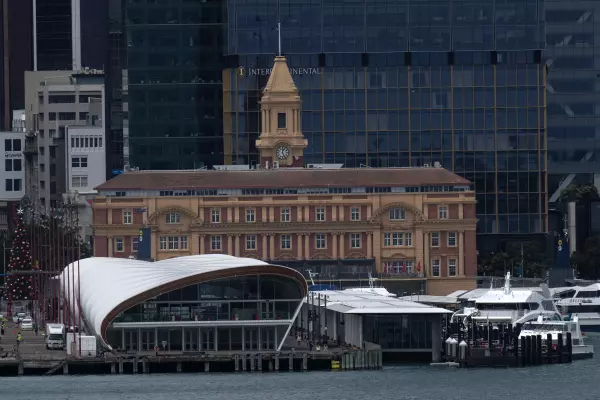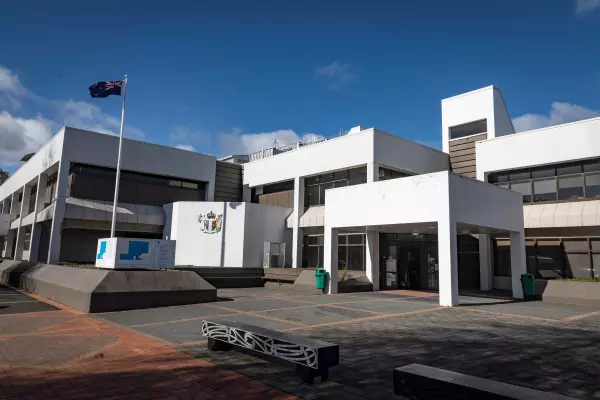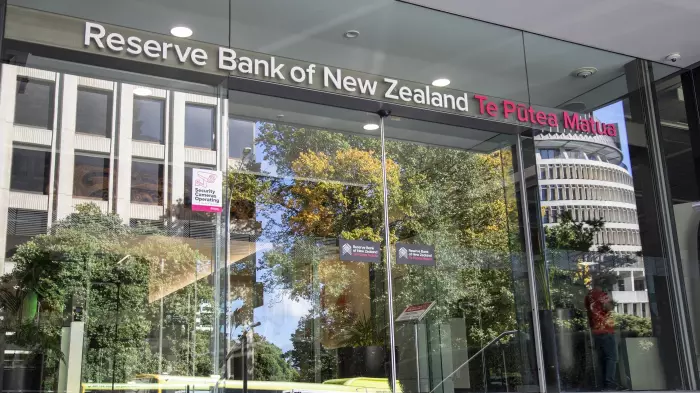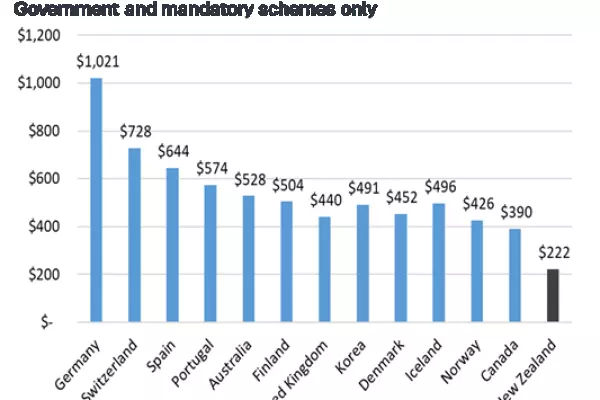Te Whatu Ora – Health New Zealand is hundreds of millions of dollars behind its equity drawdown forecasts, indicating potential troubles with its construction pipeline.
As of Sept 30 last year, the central health agency had drawn down $1.66 billion for capital projects, about $430 million shy of the $2.09b forecast.
Actual expenditure was $1.89b, $68m more than in August.
Te Whatu Ora largely draws down on funds from the health capital envelope at the construction phase. Preconstruction work – things like planning, design and earthworks – was funded by local districts, a spokesman said.
“Whether funds have been drawn down is therefore not necessarily a reflection of the extent of progress,” he said.
Health minister Ayesha Verrall repeated this line.
BusinessDesk put it to Te Whatu Ora that the forecasts should factor this in, and that the ‘actual’ spend was still below the equity drawdown prediction.
“Most of the expenditure occurs in the construction phase, which is factored into the forecast costs,” the spokesman said.
“However, some projects in the health infrastructure portfolio are experiencing delays in their timelines for the commencement or progressing of construction activity and this has affected actual expenditure and drawdown.”
The new centralised health agency is responsible for a huge programme of capital projects, including hospital extensions, refurbishments and, in the case of Dunedin Hospital, an entirely new facility.
According to an update report provided to former health minister Andrew Little last November, the Infrastructure and Investment Group within Te Whatu Ora was monitoring 103 projects with combined crown funding of $6.677b.
“As with most significant infrastructure projects, the health portfolio is experiencing time and cost pressures, largely driven by global factors, including around supply chains, labour shortages and inflation,” the Te Whatu Ora spokesman said.
Information surgery
Last year, BusinessDesk made an Official Information Act (OIA) request for monthly reports updating ministers on health capital projects through to November 2022.
After multiple extensions, the health minister’s office released 11 reports on March 17 – 115 days after the request was lodged (this includes the Christmas period and weekends).
Like a surgeon slicing through flesh, the reports were all heavily redacted. Entire sections were removed, including what must be dated assessments of cost escalation risks across the entire capital programme.
Verrall defended the decision.
“Some figures cannot be made public until decisions are made due to commercial sensitivity,” she said.
This secrecy extended to a decision, made by the ministers of health and finance in March, to use funds in the existing health capital envelope to address cost pressures for urgent projects.
“For the sake of protecting commercial negotiations and in line with best practice, it is not currently possible to disclose any details about that extra funding,” Verrall said.
It’s possible the new Dunedin Hospital is one such urgent project.
Late last year, Te Whatu Ora confirmed the government had provided a further $110m for the new hospital, taking its budget to more than $1.5b.
As the November update made clear, the project experienced a $200m escalation last year, leading to a ministerial direction to find $100m in savings. The redesign process, which could only come up with $90m, delayed delivery of the hospital by an extra nine months, according to the OIA documents.
Ōtākaro in, then out
The update reports contained brief summaries, many of them fully or partially redacted, of the status of individual projects.
It’s clear some builds were experiencing pressures.
In 2020, then-health minister Little announced $154m for a third tower on a new hospital in Christchurch.
The November 2022 update said tenders for a main contractor identified a budget shortfall in line with a previous cost escalation risk estimate.
“A paper seeking additional funding of $29.51m and approval to award the main contract was submitted to the Te Whatu Ora board in September for consideration,” the document said.
A paper seeking approval for the funding was submitted to ministers on Oct 28.
Interestingly, the OIA documents also revealed that Te Whatu Ora was considering using Ōtākaro, a crown company set up to lead the delivery of the Canterbury earthquake rebuild projects, for a West Coast mental health unit.
As BusinessDesk revealed last month, Ōtākaro, which has been given a new national remit, has been in talks with government agencies about taking over the management of some projects.
The Te Whatu Ora spokesman said the company was considered to lead the mental health unit project due to its experience delivering infrastructure projects.
“Later, Te Whatu Ora and Ōtākaro jointly decided that, in the best interests of the project and both organisations, Te Whatu Ora would continue to deliver the project,” he said.















